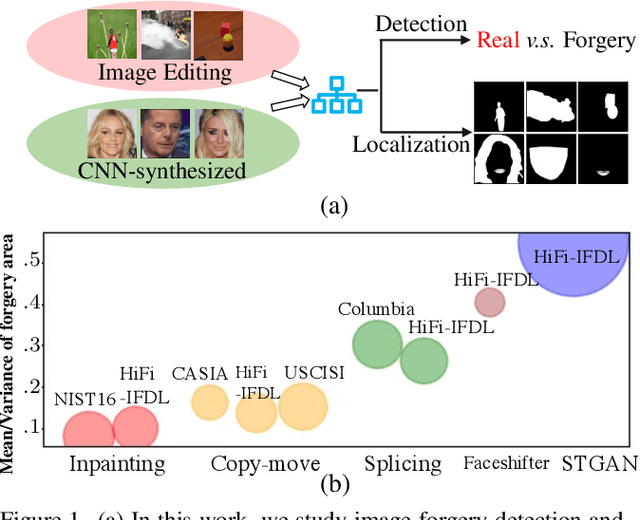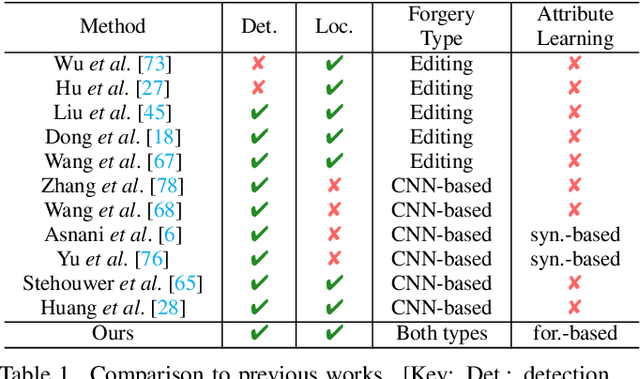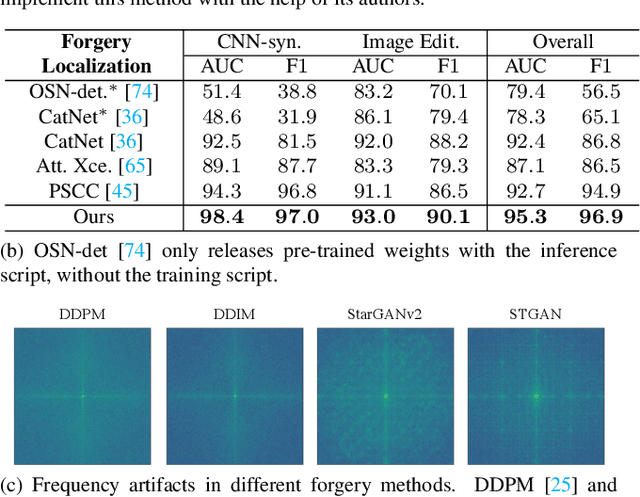Steven Grosz
Data Pruning via Separability, Integrity, and Model Uncertainty-Aware Importance Sampling
Sep 20, 2024



Abstract:This paper improves upon existing data pruning methods for image classification by introducing a novel pruning metric and pruning procedure based on importance sampling. The proposed pruning metric explicitly accounts for data separability, data integrity, and model uncertainty, while the sampling procedure is adaptive to the pruning ratio and considers both intra-class and inter-class separation to further enhance the effectiveness of pruning. Furthermore, the sampling method can readily be applied to other pruning metrics to improve their performance. Overall, the proposed approach scales well to high pruning ratio and generalizes better across different classification models, as demonstrated by experiments on four benchmark datasets, including the fine-grained classification scenario.
Hide and Seek: How Does Watermarking Impact Face Recognition?
Apr 29, 2024Abstract:The recent progress in generative models has revolutionized the synthesis of highly realistic images, including face images. This technological development has undoubtedly helped face recognition, such as training data augmentation for higher recognition accuracy and data privacy. However, it has also introduced novel challenges concerning the responsible use and proper attribution of computer generated images. We investigate the impact of digital watermarking, a technique for embedding ownership signatures into images, on the effectiveness of face recognition models. We propose a comprehensive pipeline that integrates face image generation, watermarking, and face recognition to systematically examine this question. The proposed watermarking scheme, based on an encoder-decoder architecture, successfully embeds and recovers signatures from both real and synthetic face images while preserving their visual fidelity. Through extensive experiments, we unveil that while watermarking enables robust image attribution, it results in a slight decline in face recognition accuracy, particularly evident for face images with challenging poses and expressions. Additionally, we find that directly training face recognition models on watermarked images offers only a limited alleviation of this performance decline. Our findings underscore the intricate trade off between watermarking and face recognition accuracy. This work represents a pivotal step towards the responsible utilization of generative models in face recognition and serves to initiate discussions regarding the broader implications of watermarking in biometrics.
Hierarchical Fine-Grained Image Forgery Detection and Localization
Mar 30, 2023



Abstract:Differences in forgery attributes of images generated in CNN-synthesized and image-editing domains are large, and such differences make a unified image forgery detection and localization (IFDL) challenging. To this end, we present a hierarchical fine-grained formulation for IFDL representation learning. Specifically, we first represent forgery attributes of a manipulated image with multiple labels at different levels. Then we perform fine-grained classification at these levels using the hierarchical dependency between them. As a result, the algorithm is encouraged to learn both comprehensive features and inherent hierarchical nature of different forgery attributes, thereby improving the IFDL representation. Our proposed IFDL framework contains three components: multi-branch feature extractor, localization and classification modules. Each branch of the feature extractor learns to classify forgery attributes at one level, while localization and classification modules segment the pixel-level forgery region and detect image-level forgery, respectively. Lastly, we construct a hierarchical fine-grained dataset to facilitate our study. We demonstrate the effectiveness of our method on $7$ different benchmarks, for both tasks of IFDL and forgery attribute classification. Our source code and dataset can be found: \href{https://github.com/CHELSEA234/HiFi_IFDL}{github.com/CHELSEA234/HiFi-IFDL}.
 Add to Chrome
Add to Chrome Add to Firefox
Add to Firefox Add to Edge
Add to Edge